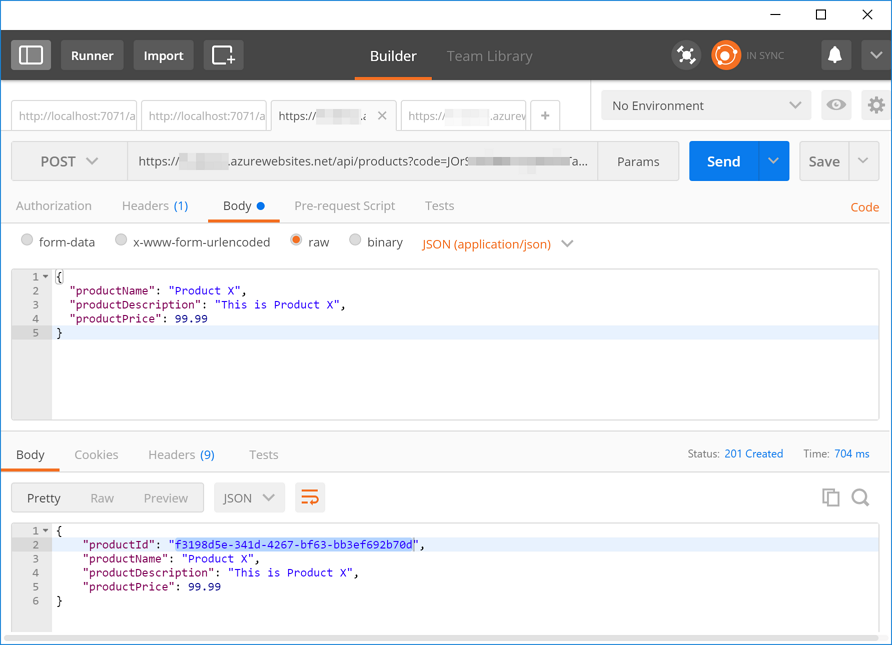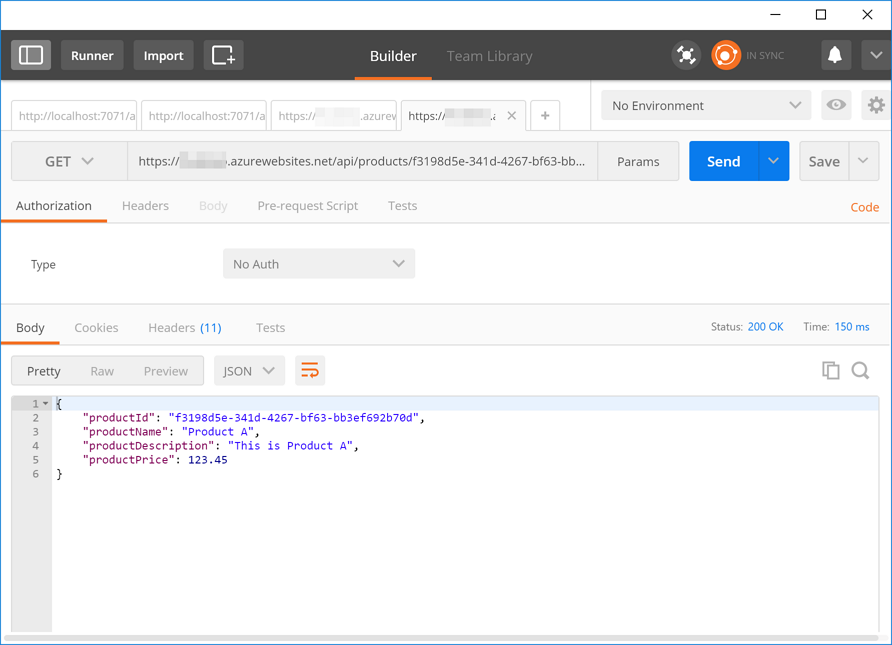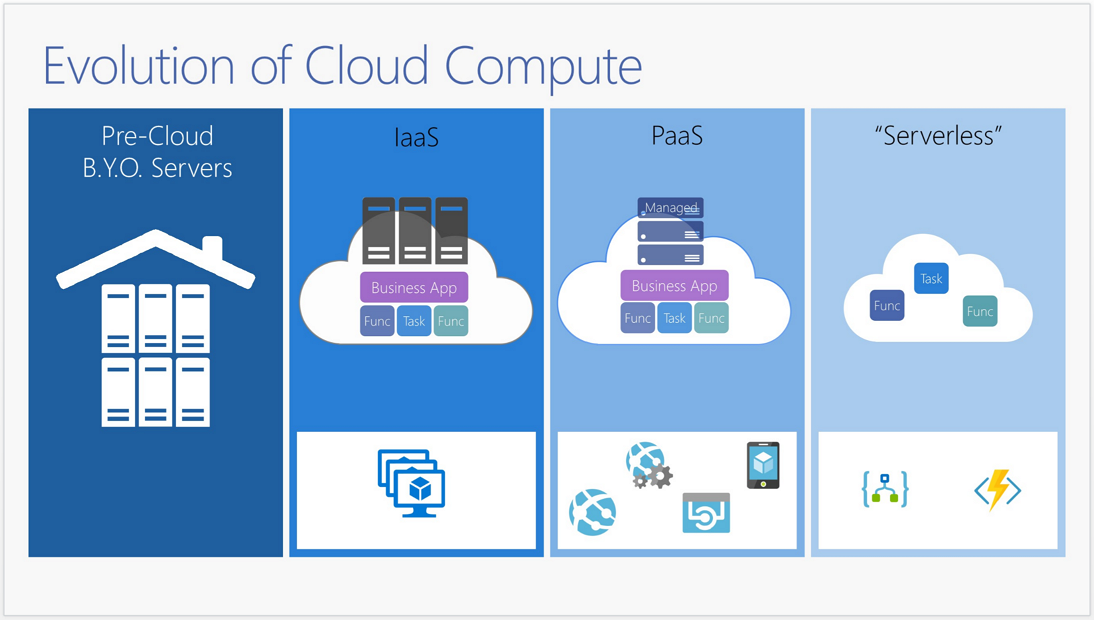Azure Functions Logging to Application Insights
We’re going to have a look at several ways to integrate Application Insights (AppInsights) with Azure Functions (Functions).
Functions supports built-in logging features using TraceWriter instance. Basic sample function might look like:
With TraceWriter, we can log information to the log console like:

However, it has the maximum limit of 1000 records. This is good for simple debugging purposes, but not for logging. Therefore, we should store logs somewhere like database or storage.… [Keep reading] “Azure Functions Logging to Application Insights”





